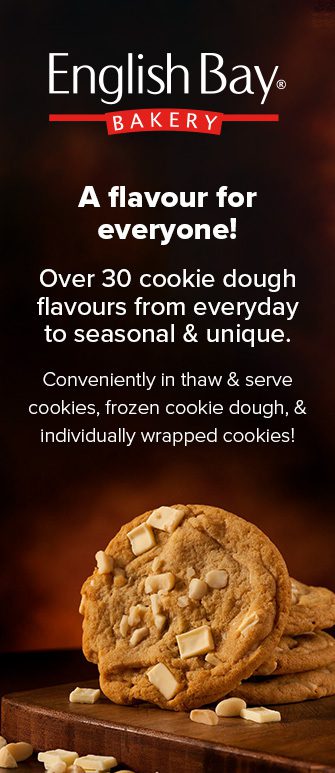Predictive Scheduling: The Smart Way to Cut Restaurant Overtime Costs
Matching labour to demand is one of the hardest parts of running a restaurant. Too few hands and service suffers; too many and profits evaporate. Predictive scheduling—using data to anticipate traffic—helps independents find the sweet spot, trim overtime, and create schedules staff can trust
Why It Matters
Labour is usually your second-largest expense. Unplanned overtime quietly erodes contribution, while chaotic schedules drive turnover. Predictive planning reduces both: smarter coverage during peaks and fewer idle hours on slow days. Stability also improves morale; employees with reliable shifts are more engaged and less likely to leave.
Operator Strategies

- Use Affordable Tools: Platforms like 7shifts, Push Operations, and Homebase pull sales history, weather, and local events into a simple forecast. If Saturday shows a home game or the forecast swings to sun, your schedule reflects it before the rush hits.
- Cross-Train for Flex: Teach servers to host during preshift, barbacks to run food, and prep cooks to swing onto a station. Versatility reduces total headcount per hour.
- Automate Overtime Alerts: Set thresholds so managers get pings when a team member approaches daily or weekly limits. Swap or split shifts before the cost spikes.
- Seasonality Rules: Fall often means busy weekends and softer weekdays. Write templates for each day type (Sun–Thu vs. Fri–Sat) and let the forecast fine-tune.
- Publish Early: Post schedules at least 10 days ahead. Predictability reduces call-outs and supports compliance where notice rules apply.
Building the Forecast

- Start with Last Year, Adjust for Today: Pull the last 8–12 weeks of fall sales, then weight recent weeks more heavily. Layer in reservations, events, and promo plans.
- Weather & Event Impact: Track how rain, cold snaps, or playoffs moved sales last season (a 15–25% swing isn’t uncommon). Teach managers to add those multipliers.
- Kitchen vs. Floor: Staff the line to the longest prep bottleneck (e.g., fry station) and FOH to the highest table-turn target. The bottleneck sets the pace; schedule to it.
Case Example
A mid-size café in Alberta faced overtime spikes on variable Fridays. After adopting a forecast tool and setting overtime alerts, the GM split one heavy closer into two partial shifts on busy nights and added an on-call role triggered by weather. Within three months, overtime dropped 17%, ticket times improved, and staff satisfaction rose in post-shift surveys.
Retention, Service, and Reviews
Predictable schedules build goodwill. Balanced labour means faster greet times, fewer comped items, and better online ratings. In tight labour markets, that reputation helps recruiting and retention—worth real dollars in saved hiring time.
Common Pitfalls & Fixes
- Pitfall: Managers ignore the forecast on sunny surprise days. Fix: Pre-approve a short “on-call” list with a 3-hour minimum; confirm by text 2–3 hours out.
- Pitfall: Templates never change. Fix: Recalibrate weekly with a 10-minute variance review; adjust for new patterns.
- Pitfall: Staff distrust new tools. Fix: Give a 2-week runway, solicit feedback, and show wins (reduced OT, more predictable hours).
Compliance & Culture
Predictable scheduling supports fairness: fewer shifts, better rest windows, and more stable incomes. That culture pays back in lower turnover and faster training curves for new team members.
The Takeaway
Predictive scheduling isn’t just a tech trend—it’s a profit safeguard and a morale booster. Use simple data to run leaner, serve faster, and keep teams steady through the fall swing.



